BY C.M. MAYO — March 28, 2022
UPDATE: This blog was then entitled Madam Mayo (2006-2022).
“When I write, I screen out where I am and focus on material and its expression. In Aspen I enjoy nearly complete silence, whereas in La Paz I sometimes spar with construction, loud music and dogs.”— Bruce Berger
This blog posts on Mondays. Fourth Mondays of the month I devote to a Q & A with a fellow writer.
The end of March 2022 marks the 16th anniversary of this blog, after which point, until further notice, I will be posting approximately twice a month. The posts on Texas Books, the writing workshop, my own work, and a Q & A with another writer, will continue, each posting every other month and, as ever, when there is a fifth Monday in a given month, that’s for the newsletter.
It’s been a year since my dear amigo, Bruce Berger, passed from this realm unto his next adventures. Bruce’s friendship and his books both made my world larger, stranger, funnier, and more beautiful. No one else wrote so well about the desert, any desert, but especially the Baja Californian and the American deserts. I miss him more than I can say.
> Read his obituary in the Aspen Daily News
If you are not familiar with Bruce Berger’s work, or if you are and would like to sample more of it, might I suggest his 2019 anthology A Desert Harvest is the perfect place to start. Apropos of that publication, back in 2019, Bruce did a Q & A for this blog, which I repost this Monday. His website www.bruceberger.net is no longer live, however, you can access a snapshot on the wayback machine.
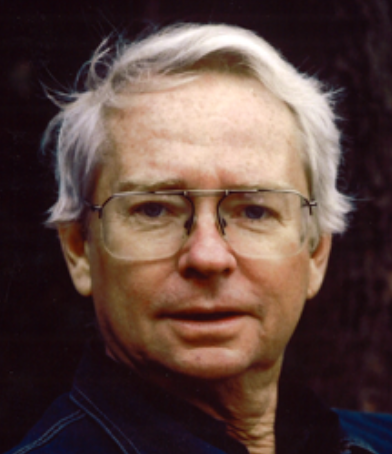
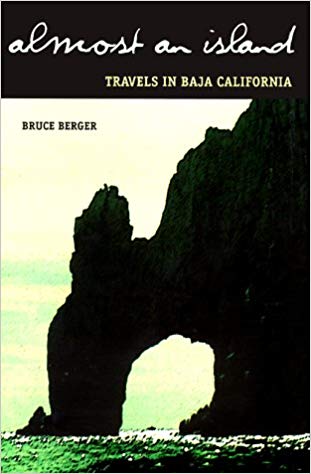
Very late in the game, albeit well more than a decade ago, I learned of Bruce Berger’s work when I happened upon Almost an Island: Travels in Baja California in a California bookshop. I would have liked to, but I purposely did not read it then because I was writing my own memoir of Baja California and– I still think this wise– I did not want to be influenced as I was writing. Of course, the moment my book, Miraculous Air, was finished, I devoured Almost an Island, and I loved it. I went on to read Berger’s shimmering essays on the American desert in The Telling Distance and There was a River, and his poetry, and his quirkiest of memoirs of Spain, The End of the Sherry.
But to go back to Baja California. Imagine my delight soon after publishing Miraculous Air, to receive, out of the bluest of Baja California blues, an inscribed copy of his Sierra, Sea, and Desert: El Vizcaíno, welcoming me to this pequeño mundo of those who write about this most glorious and remote of Mexican peninsulas. And we have been amigos ever since. We even read together in 2006 in the Ida Victoria Gallery in San José del Cabo. (Carambas,that was a while ago!)

Bruce Berger’s latest work, Desert Harvest, is a long overdue celebration, a compilation of essays selected from his sublime desert trilogy, Almost an Island, The Telling Distance, and There Was a River. Published by Farrar, Strauss & Giroux, Desert Harvest comes with blurbs galore from such as Terry Tempest Williams (“A Desert Harvest is a published patience, one I have been anticipating, having known and loved Bruce Berger’s voice. It is water in the desert”); Ted Conover (“a book that will stick to the reader like cholla… precious few are those who can write this well”); and Peter Mathiessen (“Fine, lucid essays”). Did I mention, Berger can be weirdly hilarious?
C.M. MAYO: What inspires you to write essays, as opposed to poetry?
BRUCE BERGER: I write poetry as well as prose, so there is no opposition, merely the choice of the moment.
C.M. MAYO: Of all the essays in this collection, which is your personal favorite? And why?
BRUCE BERGER: The essay I was most keen to see published is “Arrows of Time,” the last piece in the collection, about accompanying quark physicist Murray Gell-Mann to a physics conference in Spain in 1991. At the time I was writing for the airline magazine American Way, they paid for my flight with Murray, I wrote a long piece for them, they repied in all humility that they didn’t understand much of it and were much smarter than their readers, and they ran only an extract about dining while sitting between Murray and Stephen Hawking. Because they published a piece of the essay, no other periodical could run the piece in its entirety, and for nearly three decades it remained in limbo. Even though it has nothing to do with deserts, the editors at FSG chose it as the book’s finale and I cheered.
C.M. MAYO: For a reader who knows nothing of the desert, if he or she were to read only one essay on this collection, which would you recommend, and why?
BRUCE BERGER: Because it has apeared on three posters and a letterpress broadside, I suppose that one would be “How to Look at a Desert Sunset.”
C.M. MAYO: Can you talk about which writers have been the most important influences for you?
BRUCE BERGER: As I was just starting to write about place, I was reading Lawrence Durrell’s Alexandria Quartet and, especially, his three books on Mediterranean islands. His way of capturing the essence of a location enthralled me. When I was on the last known river trip through Glen Canyon before the closing of the gates at the dam that created Lake Powell, I committed myself to writing about the experience as if I were Lawrence Durrell. No one has ever compared my writing to his, but I consider that an element in finding my literary voice.
C.M. MAYO: Which writers are you reading now?
BRUCE BERGER: I have just bought two books on Latin America: Silver, Sword and Stone, by Marie Arana, and On the Plain of Snakes by Paul Theroux.
C.M. MAYO: You divide your time between two such beautiful places, Aspen, Colorado and La Paz, Baja California Sur, Mexico. How does that annual migration affect what and how you write?
BRUCE BERGER: When I write, I screen out where I am and focus on material and its expression. In Aspen I enjoy nearly complete silence, wheras in La Paz I sometimes spar with construction, loud music and dogs.
C.M. MAYO: How has the Digital Revolution affected your writing? Specifically, has it become more challenging to stay focused with the siren calls of email, texting, blogs, online newspapers and magazines, social media, and such? If so, do you have some tips and tricks you might be able to share?
BRUCE BERGER: I write the same way I did when I began, which is on a yellow legal pad in longhand with a Ticonderoga hardness of 3 pencil, which I transcribe to my laptop, then print for corrections. While I keep up with email and google for info, I don’t participate in social media or text. For the record, I identify as a retro analoggerhead Luddite retard from the Silent Generation.
C.M. MAYO: What is the most important piece of advice you would offer to another writer who is just starting out? And, if you could travel back in time, to your own thirty year-old self?
BRUCE BERGER: My advice to a beginning writer would be to read the best of the authors, contemporary and historical, of the genre you plan to write in, and internalize as much as possible. It worked for centuries before workshops, MFAs and the digital revolution, and still works today. In that regard, a half century later I am still my thirty year-old self.
“My advice to a beginning writer would be to read the best of the authors, contemporary and historical, of the genre you plan to write in, and internalize as much as possible. It worked for centuries before workshops, MFAs and the digital revolution, and still works today.”
C.M. MAYO: What’s next for you?
BRUCE BERGER: My literary representative is working on an archive project for a university still to be selected.
> Visit Bruce Berger’s website at https://bruceberger.net .
UPDATE: 2022: You can access a snapshot of his website on the wayback machine.
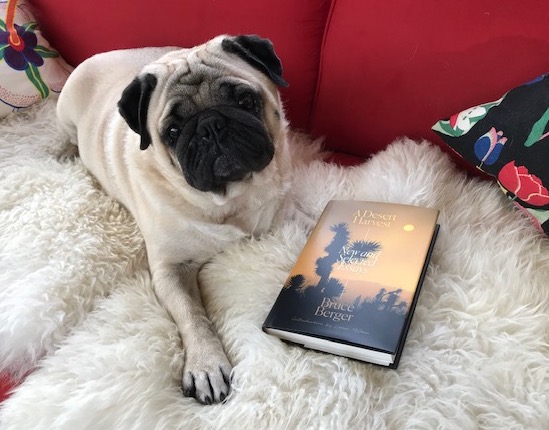
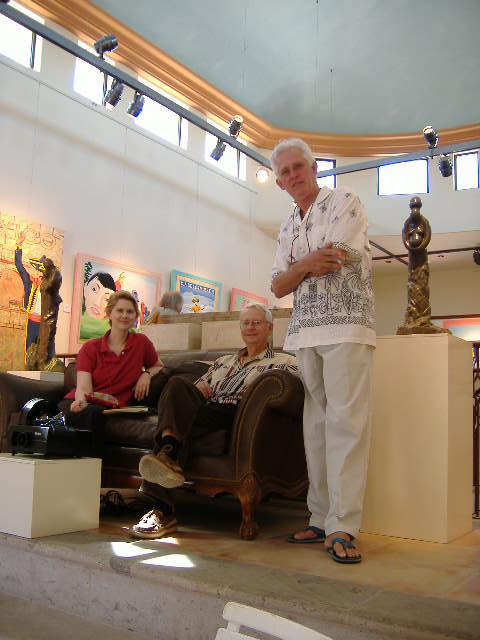
Galeria de Ida Victoria, San Jose del Cabo, February 2006
Photo: (c) Alice J. Mansell
(scroll down to view photo of El Tule, Los Cabos, also by Alice J. Mansell)
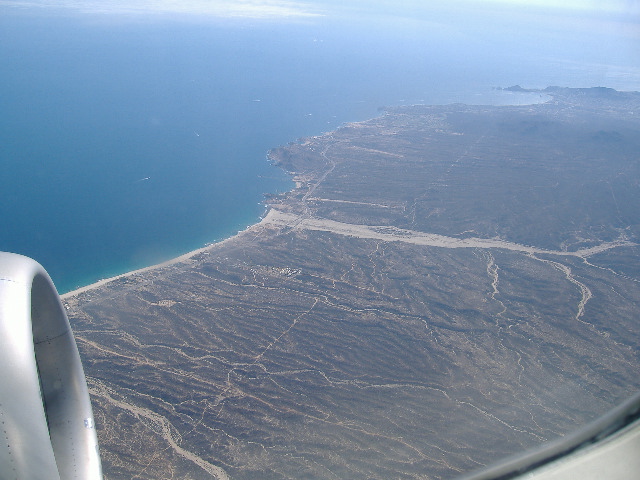
Photo: (c) Copyright Alice J. Mansell
I welcome your courteous comments which, should you feel so moved, you can email to me here.
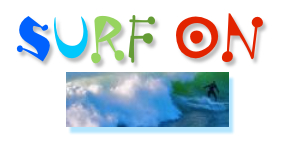
Q & A: Joseph Hutchison, Poet Laureate of Colorado, on The World As Is
Edna Ferber’s Giant
& A Selection of Related Books,
Plus Two Related Videos On (Yes) the Nuremberg Trials

